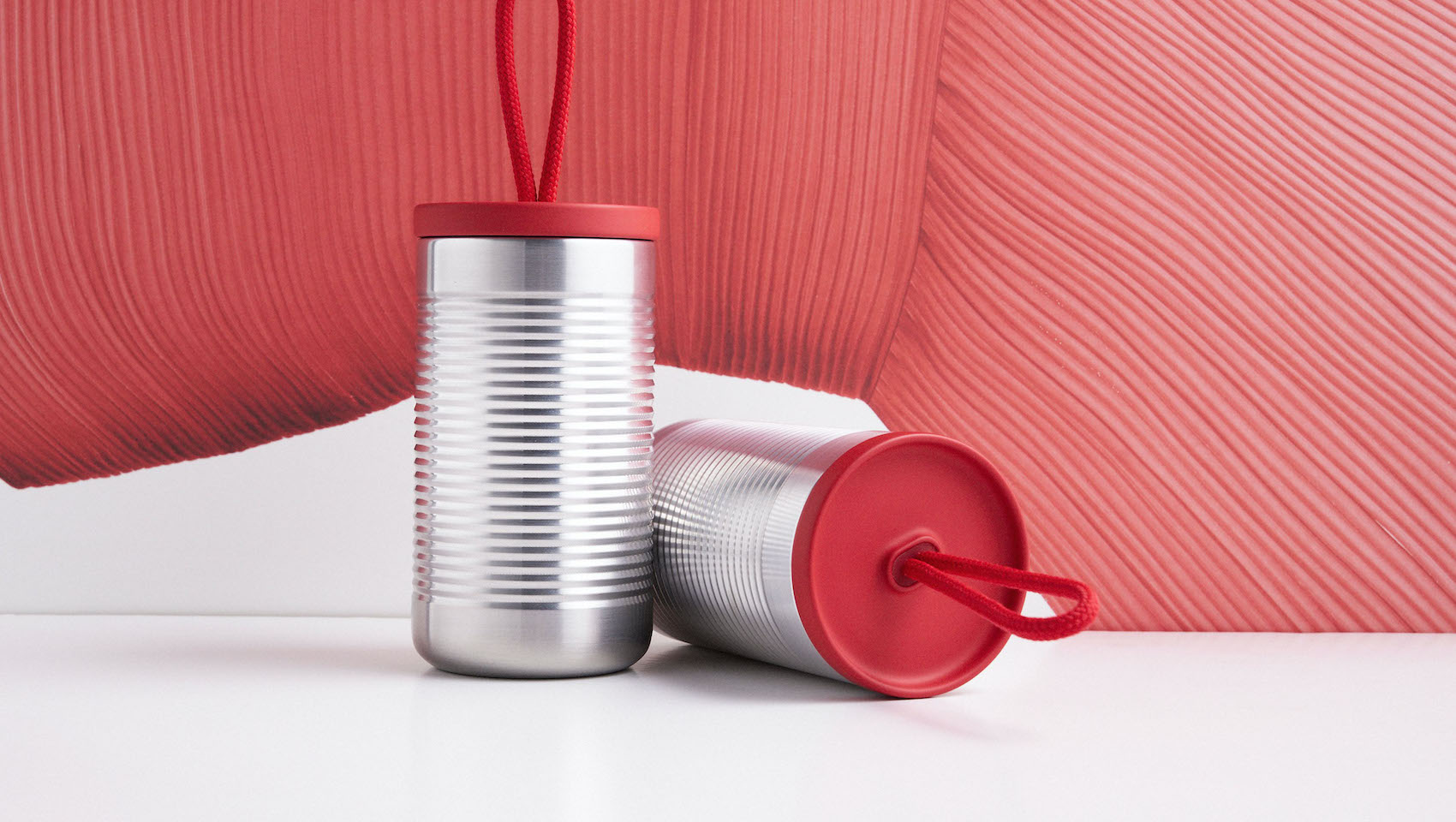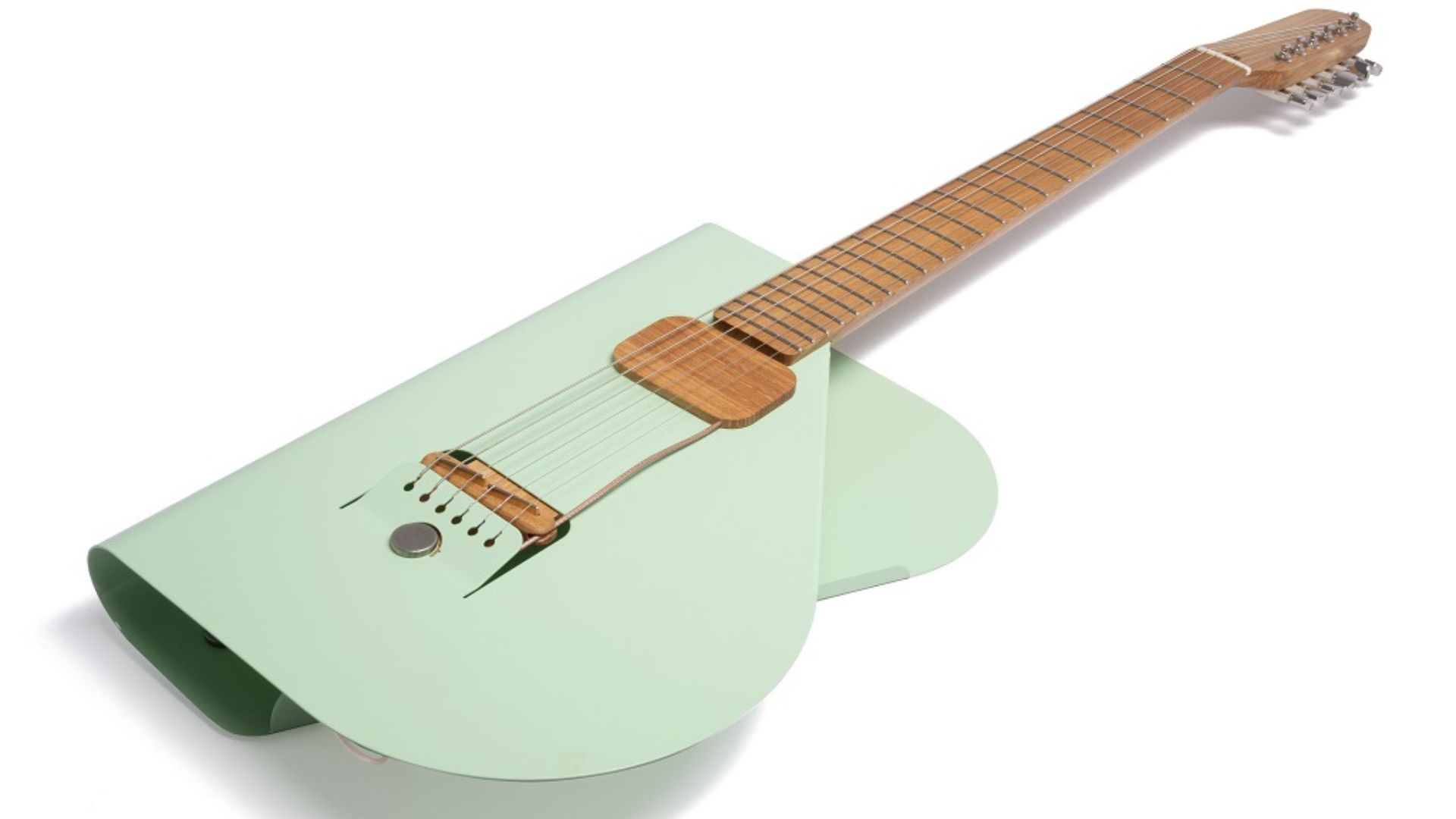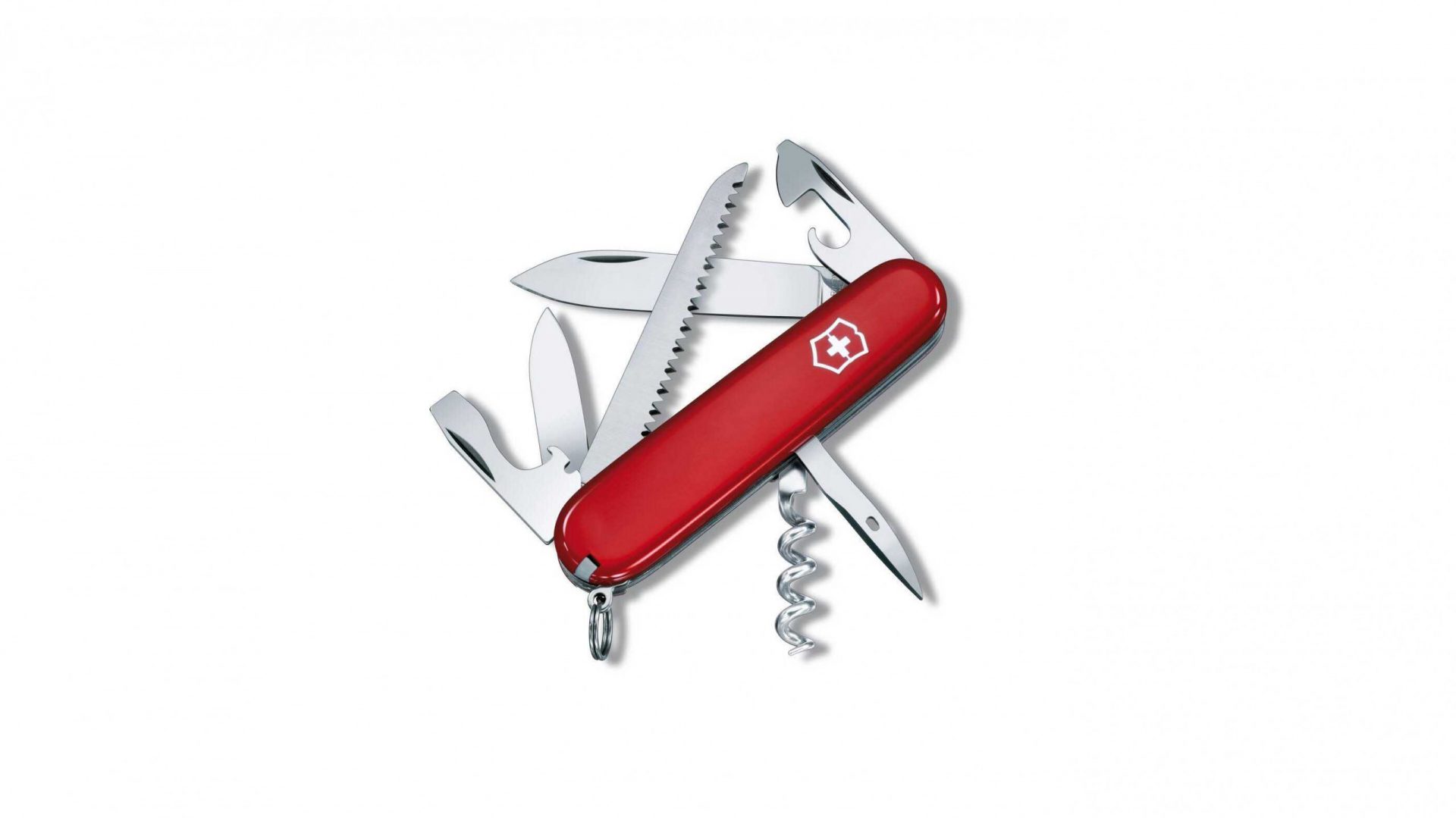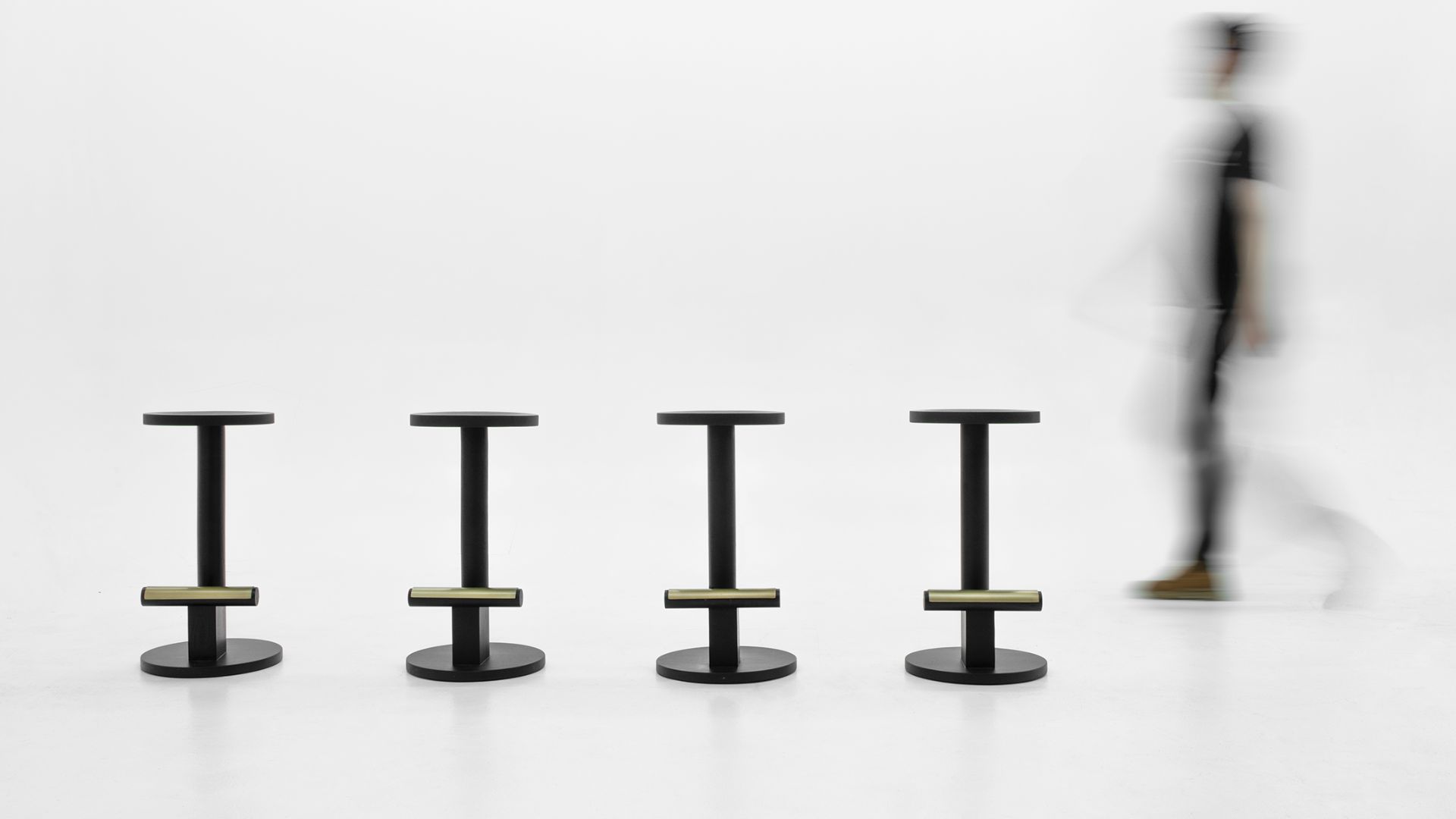Six 3D-printed limbs advancing the future of prosthetic design
We take a look at the history of prosthetics and why thanks to technology, prosthetic design is challenging the definition of disability.
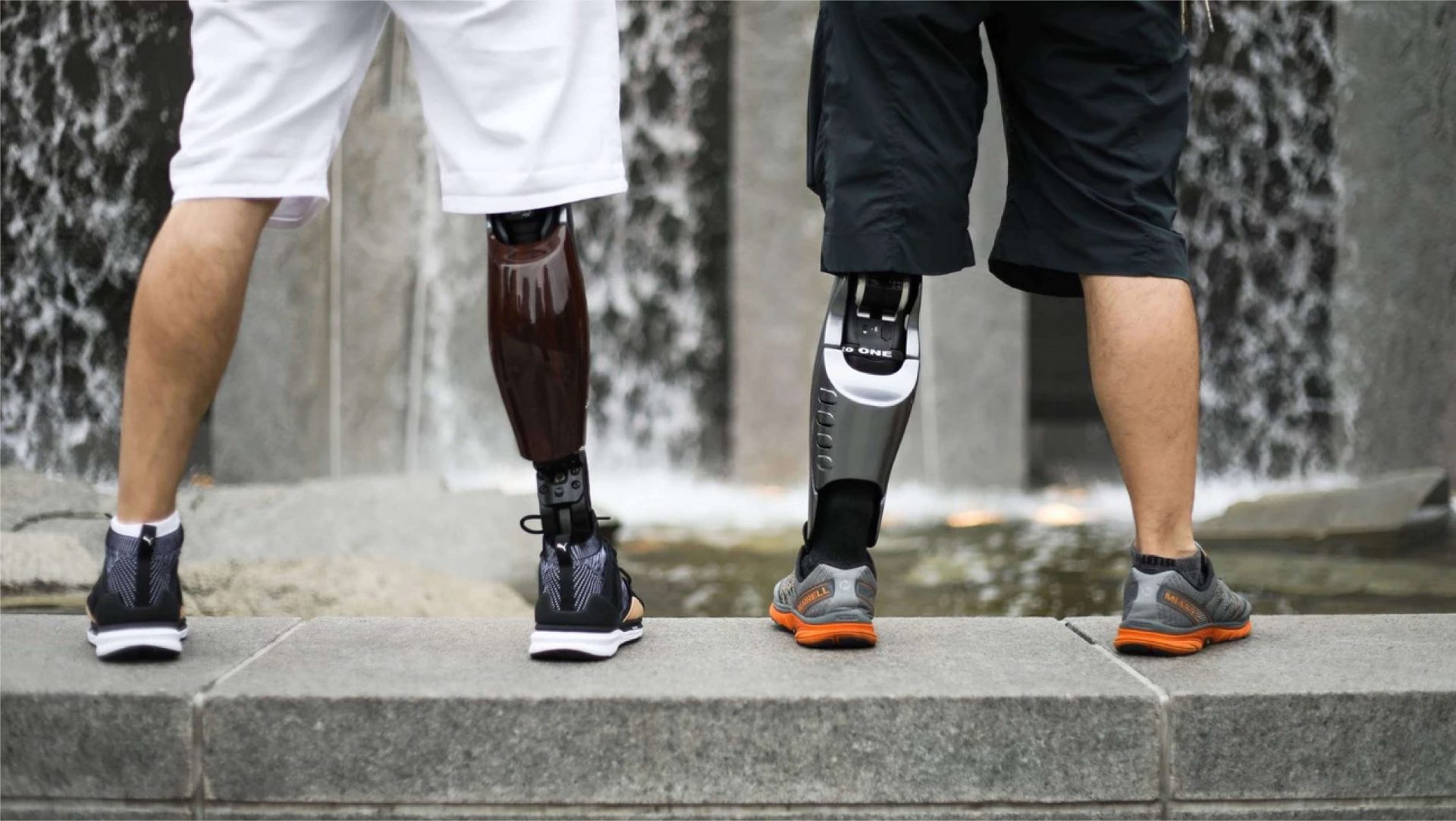
Prosthetic design is nothing new but in the last 20 years, artificial limbs have moved forward at an electric pace.
Here is a little bit of history for you.
The world’s earliest functional prosthetic body parts are not arms or legs but toes.
A big wooden toe, belonging to a noblewoman, was found in Egypt and dated to between 950-710 B.C.E.
Later examples include iron hands for knights and movable legs made from barrel staves and metal featuring hinged joints at the knee and ankle.
Following those early designs, prosthetic limbs have improved by leaps and bounds.
Intertwined with conflict, World Wars and other large-scale conflicts unfortunately increased demand for prosthetics, which led to improvements.

Want to learn more about prosthetics design? Check out the work of the Canadian design duo Alleles.
Fast forward to today and replacement limbs are made out of state-of-the-art materials and designed especially for different applications.
The most expensive limbs can even be controlled by thought, similar to a real limb—that’s a long way to come since wooden toes.
3D printing in particular is helping to change the face of prosthetics enabling engineers and physicians to develop prosthetics that are fully customized to the wearer.
New 3D scanning and body modeling technology are enabling people to have prosthetics modeled after their limbs, with a more natural fitting and appearance, and at a more affordable price.

The contemporary approach to prosthesis design is also working to address the gap between function and appearance, with some companies and designers producing what is known as “expressive prostheses”.
These are prosthetic limbs where the design focuses on the appearance, with the aim of highlighting the user’s identity.
The hope is that by transforming prostheses into accessories, expressive versions, such as those with patterned or textured surfaces, might help users make positive statements about themselves.
We’re here for this kind of design because it combines the latest in technology with an age-old issue. It also challenges the idea of “disability” and the definition of beauty.
Here, we have highlighted a selection of our favourite 3D-printed and personalised prosthetic replacements and the companies behind them that are advancing modern medicine.
1- Unlimited Tomorrow
Founded by inventor Easton LaChapelle, Unlimited Tomorrow is a company that designs low-cost, 3D printed prosthetic limbs that are extremely life-like and can be operated with the mind.
The company uses a technology it calls TrueLimb, which captures a mirror image of your opposing limb, right down to the fingertips.
3D printing enables the company to create a lightweight prosthesis with an incredible level of personalisation.
The prosthetic is customized to match the user’s shape, size and skin tone. The limb feels like skin, and the fingers fold the way a human hand does.
It even features veins, wrinkles and fingernails that can be painted.
Using a series of sensors, the prosthetic is controlled using muscles within the residual limb.
What is amazing about TrueLimb is that it can be ordered without an in-person fitting.
Unlimited Tomorrow sends clients a 3D scanner, which they use to scan their limbs. Within weeks, they receive a number of customized test sockets before ordering the final device.
2- William Root Exo Prosthetic Leg
This one is incredible.
Using a 3D printer, 3D scanner, and complex 3D modeling software, industrial designer William Root has reduced the amount of labor needed to produce prostheses.
Molded from laser-sintered titanium, Root has created a lightweight structure, which offers a more bespoke approach to prosthetics.
Meanwhile, the designer has utilised the automated process of 3D scanning and printing to drastically reduce the cost of producing and fitting replacement limbs.
The result is a low-poly geometric composition of the limb, which is ultra-efficient in terms of material usage, structural integrity and lightness.
What a striking design!

3- UNYQ
Understanding the power of personalisation, UNYQ’s main product line is a range of Prosthetic Wears for upper and lower limb amputees that come in various colours and designs.
It creates seasonal lookbooks to show off its collection of “cover”, which gives users the ability to change the conversation around their prosthetic device.
UNYQ is also developing what it calls a ‘total leg’ solution including a printed socket and foot to compliment the covers.
The UNYQ Socket offers several unique benefits to the user doing away with much of the metal found in a traditional prosthetic leg.
It also contains sensors that record the individuals’ activity, including the number of steps and calories burnt.

4- e-Nable
Great prosthesis design depends on a community of passionate designers and technologists which is pretty much what e-NABLE is.
This online community from all over the world uses their 3D printers to make free and low-cost prosthetic upper limb devices for children and adults in need.
By creating open-source designs e-NABLE Volunteers help those who were born missing limbs or who have lost them due to war, natural disaster, illness or accidents.
That includes various kinetic hands that are shared globally in a bid to make the world of prosthetics more democratic.

5- Limbitless Solutions
Limbitless is a research lab that uses Adobe and Autodesk software to create bionic arms that are inclusive, accessible, and most of all, creative.
Fusing art and engineering, the company encourages children to help personalise their designs online, tweaking the themes and picking out colors.
The idea behind Limbitless is that the arms are not supposed to look natural. Instead, they are intended to encourage the child wearing them to express themselves.
Each arm has at least two interchangeable designs so a kid can be a princess in the morning and a superhero at night.

6- I’AM
Last on our list I’AM, which makes state-of-the-art prosthetic limbs but in a completely new and innovative way.
The company promotes its app more than anything else—an upper limb clinic in one app.
This isn’t a bad thing considering the whole market around prosthesis needs a redesign too.
The app features a digital workflow that is supposed to empower the customer by making the experience of acquiring a limb like shopping online.
The process is no less personable and users can choose from an array of colours.
They can also detail their measurements at every possible point before uploading a scan of their inner socket to ensure the perfect fit.
Beyond all the cool features of modern-day prosthetics, what I’AM also does is capture the individual’s data in an easy to access profile with a process that is intuitive, time saving and simple.
Interested in sci-fi-like wearable tech devices? Check out the Seven exoskeletons bringing the world closer to superhuman powers











